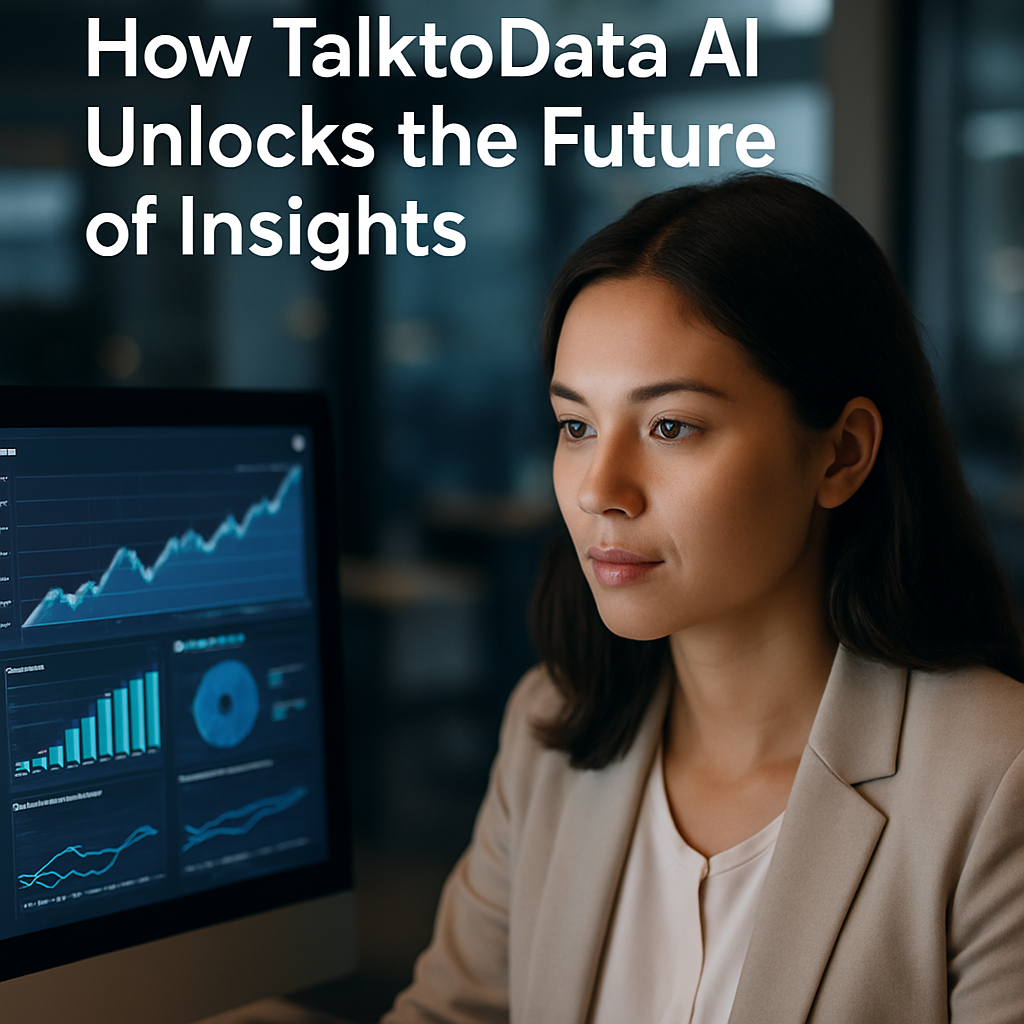Challenges in Data Analytics: Overcoming Barriers to Successful AI Adoption
Overcoming Challenges in Data Analytics: Your Guide to Successful AI Adoption
In today's data-driven world, organizations are increasingly turning to data analytics and artificial intelligence (AI) to gain competitive advantages and streamline operations. However, the journey to successful AI adoption is fraught with challenges that can hinder progress. Are you aware of the potential roadblocks your organization might face? Understanding these challenges is the first step toward overcoming them. In this blog post, we will explore common obstacles in data analytics and AI adoption, and provide actionable strategies to help you navigate these barriers effectively. Whether you're a business leader or a data professional, this guide will equip you with the knowledge to transform your operational strategies and achieve your business goals.
Identifying the Key Challenges in Data Analytics and AI Adoption
The first step toward successful AI adoption is recognizing the prevalent challenges. A significant barrier is the lack of skilled personnel. According to a report by the World Economic Forum, 85 million jobs may be displaced by a shift in labor between humans and machines, yet 97 million new roles may emerge that are more adapted to the new division of labor. This discrepancy creates a talent gap that organizations must address to leverage their data effectively.
Another challenge is data quality. Poor data quality can lead to inaccurate analyses, resulting in misguided business decisions. Organizations often struggle with fragmented data sources, making it difficult to maintain a single source of truth. Furthermore, integrating legacy systems with modern AI technologies can be cumbersome, leading to inefficiencies.
Lastly, cultural resistance is a critical factor. Employees may be hesitant to embrace AI, fearing job displacement or the complexity of new technologies. A culture that encourages innovation and learning is essential for successful adoption.
Understanding these challenges sets the stage for developing effective strategies to mitigate them.
Building a Skilled Workforce for Data Analytics
To overcome the talent gap, organizations must invest in workforce development. Initiatives such as upskilling existing employees can prove invaluable. Providing training programs that focus on data literacy, AI technologies, and analytical tools can empower your workforce and enhance their capabilities.
Consider partnering with educational institutions to create internship programs or co-op opportunities. This collaboration not only helps bridge the skills gap but also allows organizations to identify potential future employees. Additionally, fostering a culture of continuous learning is essential. Encourage employees to pursue certifications or attend workshops to stay updated on industry trends.
Moreover, utilizing online learning platforms can provide accessible training resources. Courses on platforms like Coursera or Udacity can help staff enhance their skills in data analytics and AI at their own pace.
By prioritizing workforce development, organizations can build a skilled team capable of navigating the complexities of data analytics and AI adoption.
Ensuring Data Quality and Integration
Data quality issues can significantly derail analytics initiatives. To tackle this challenge, organizations should implement robust data governance frameworks. Establishing clear data management policies, defining data ownership, and ensuring compliance with regulations can enhance data quality.
Moreover, utilizing data cleansing tools can help identify and rectify data inconsistencies. Automated processes can flag anomalies, enabling teams to address issues promptly. Regular audits and assessments of data quality are also essential to maintain high standards.
When it comes to integrating legacy systems with modern AI technologies, a phased approach is often beneficial. Start by identifying critical data sources and gradually integrate them into your analytics framework. Employing middleware solutions can facilitate smoother integrations and ensure that data flows seamlessly between systems.
Ultimately, investing in data quality and integration will foster a reliable foundation for analytics, empowering organizations to make informed decisions based on accurate insights.
Cultivating a Culture of Innovation
Cultural resistance can undermine even the best-laid plans for AI adoption. To foster a culture that supports innovation, organizations should prioritize communication and transparency. Engage employees in discussions about the benefits of AI and how it can enhance their roles rather than replace them.
Sharing success stories within the organization can also inspire confidence in AI initiatives. Highlighting instances where data analytics has led to improved outcomes can motivate employees to embrace these changes. Encourage a mindset of experimentation, where employees feel safe to test new ideas without fear of failure.
Additionally, establishing cross-functional teams can help in breaking down silos and promoting collaboration. By involving diverse perspectives in analytics projects, organizations can foster creativity and innovation.
Ultimately, cultivating a culture of innovation will empower employees to embrace AI technologies, paving the way for successful adoption.
Implementing a Strategic Roadmap for AI Adoption
Creating a well-defined roadmap for AI adoption is crucial for organizations to stay on track. Start by setting clear goals that align with your business objectives. Identify key performance indicators (KPIs) to measure success and track progress.
Engaging stakeholders throughout the process is essential. Conducting workshops and brainstorming sessions can help gather input from various departments, ensuring that the strategy reflects the needs of the entire organization.
Moreover, consider piloting AI projects on a small scale before full implementation. This approach allows organizations to test methodologies, gather feedback, and make necessary adjustments without committing extensive resources upfront.
Finally, be prepared to iterate and adapt your roadmap as needed. The landscape of data analytics and AI is constantly evolving, and organizations must remain agile to respond to changes and new opportunities effectively.
In conclusion, while the road to successful AI adoption may be riddled with challenges, organizations can overcome these barriers by prioritizing workforce development, ensuring data quality, cultivating a culture of innovation, and implementing strategic roadmaps. By addressing these key areas, businesses can not only enhance their operational strategies but also position themselves for long-term success in an increasingly competitive landscape.
What challenges have you faced in your journey toward AI adoption? We’d love to hear your thoughts in the comments below. If you found this post helpful, please share it with your network to help other organizations navigate their data analytics journey.

